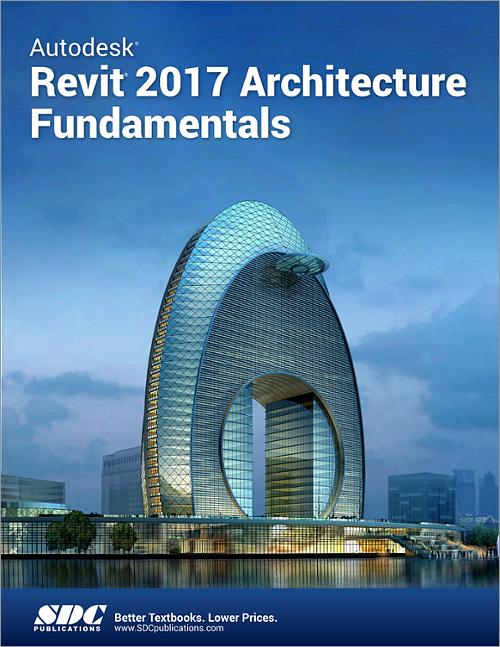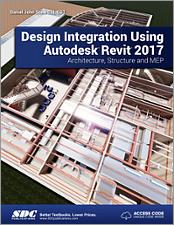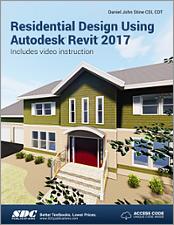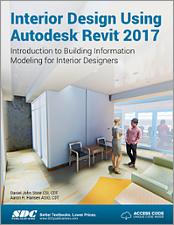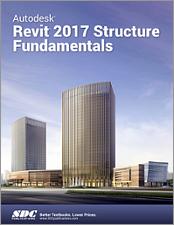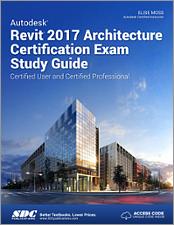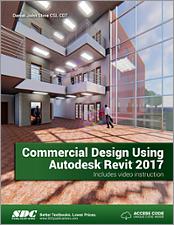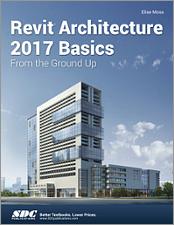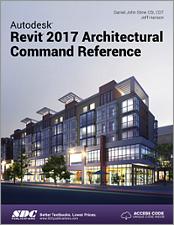Autodesk Revit 2017 Architecture Fundamentals
- Description
- Contents
- Downloads
- Instructor Resources
- Details
Description
Key Features
- Designed for students new to Autodesk Revit
- Focuses on the basic architectural tools most users need to work with Autodesk Revit
- Teaches you to create full 3D architectural models and set them up in working drawings
- Prepares you for the Autodesk Revit 2017 Certification exams
In Detail
The Autodesk Revit software is a powerful Building Information Modeling (BIM) program that works the way architects think. The program streamlines the design process through the use of a central 3D model, where changes made in one view update across all views and on the printable sheets. This training guide is designed to teach you the Autodesk Revit functionality as you would work with it throughout the design process. You begin by learning about the user interface and basic drawing, editing, and viewing tools. Then you learn design development tools including how to model walls, doors, windows, floors, ceilings, stairs and more. Finally, you learn the processes that take the model into the construction documentation phase.
Since building projects themselves tend to be extremely complex, the Autodesk Revit software is also complex. The objective of the Autodesk Revit 2017 Architecture Fundamentals training guide is to enable students to create full 3D architectural project models and set them up in working drawings. This training guide focuses on basic tools that the majority of students need to work with the Autodesk Revit software.
Topics covered
- Understand the purpose of Building Information Management (BIM) and how it is applied in the Autodesk Revit software.
- Navigating the Autodesk Revit workspace and interface.
- Working with the basic drawing and editing tools.
- Creating Levels and Grids as datum elements for the model.
- Creating a 3D building model with walls, curtain walls, windows, and doors.
- Adding floors, ceilings, and roofs to the building model.
- Creating component-based and custom stairs.
- Adding component features, such as furniture and equipment.
- Setting up sheets for plotting with text, dimensions, details, tags, and schedules.
- Creating details.
Table of Contents
- Introduction to BIM and Autodesk Revit
- Basic Sketching and Modify Tools
- Setting Up Levels and Grids
- Modeling Walls
- Working with Doors and Windows
- Working with Curtain Walls
- Working with Views
- Adding Components
- Modeling Floors
- Modeling Ceilings
- Modeling Roofs
- Modeling Stairs, Railings, and Ramps
- Creating Construction Documents
- Annotating Construction Documents
- Adding Tags and Schedules
- Creating Details
Appendix A Introduction to Worksets
Appendix B Additional Tools
Appendix C Autodesk Revit 2017 Certification Exam Objectives
Index Index
Downloads
For additional information on downloading, unzipping, and using these files visit the downloads section on our Frequently Asked Questions page.
Instructor Resources
The following downloadable resources require that you are registered, logged in and have been authenticated as an instructor.
